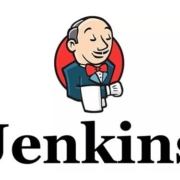Today’s world regards time as of paramount importance. This said, the disruptive tech-enabled innovations are foremost meant to save both business owners’ and users’ time. The industry of software development is based upon the same postulates – the sooner the better, provided that timely product deliverables are coupled with efficiency and convenience.
The Continuous Integration (CI) and Continuous Delivery (CD) practices are among popular software engineering industry trends that help cut costs, time, and risks associated with delivering changes. Yet another trend to optimize the industry lies in applying DevOps methods, oriented to increase the efficiency of development and operation processes, and to speed up product delivery.










